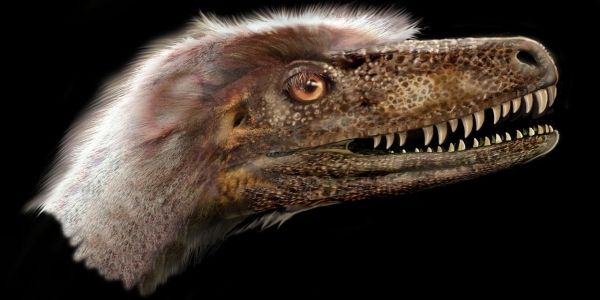The discovery of a nearly complete fossil of a small, feathered dinosaur in an Alberta provincial park sheds new light on how “raptor” dinosaurs evolved around the world, according to new research by University of Alberta paleontologists.
The 76-million-year-old species, known as Saurornitholestes langstoni, was long thought to be so closely related to Velociraptor from Mongolia that some researchers called it Velociraptor langstoni.
The new research, by world-renowned paleontologists Philip Currie and Clive Coy from the U of A and David Evans of the Royal Ontario Museum, illustrates how Saurornitholestes differs from Velociraptor. It also shows that Saurornitholestes had a specialized tooth for preening feathers and provides new evidence that the raptor lineage from North America that includes Saurornitholestes is distinct from an Asian lineage that includes the famous Velociraptor.
“Paleontology in general is a gigantic puzzle where most of the pieces are missing. The discovery and description of this specimen represents the recovery of many pieces of the puzzle,” said Currie, who holds the Canada Research Chair in Dinosaur Paleobiology.
Continue reading at University of Alberta.
Image via Jan Sovak.


